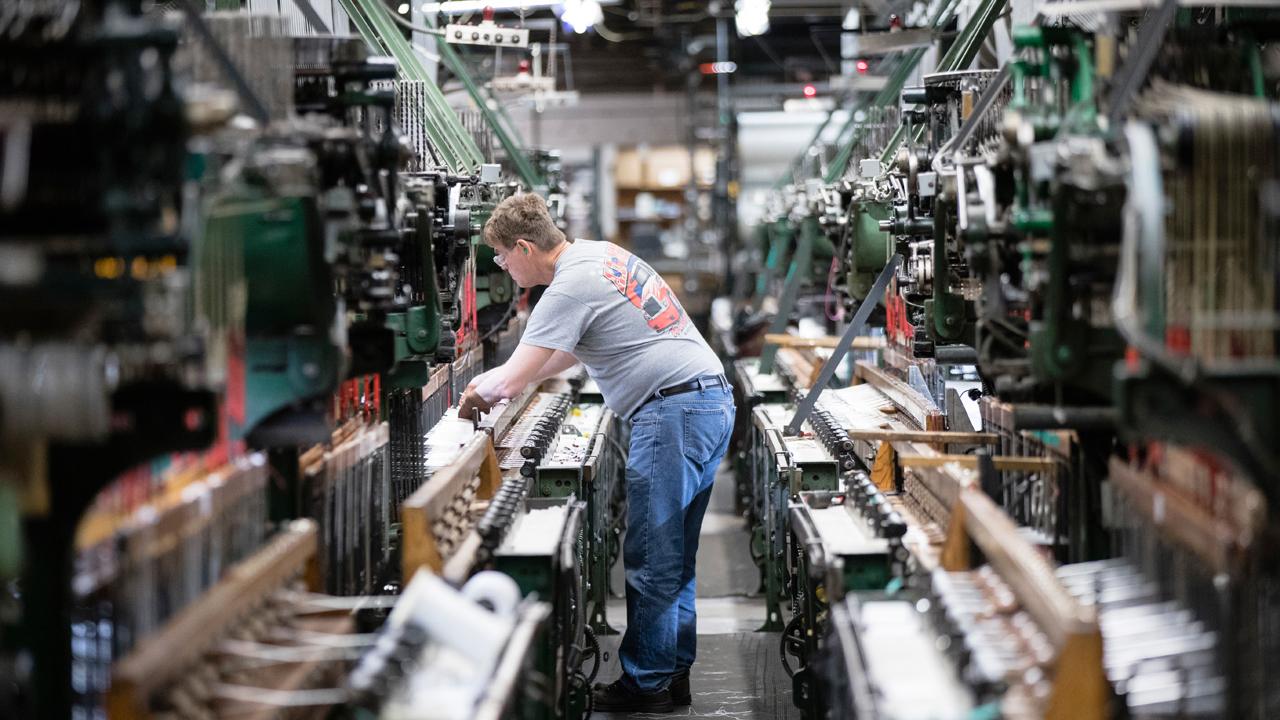Bonuses drop, signaling tax-cut payouts were a one-time windfall
A boom in employee bonuses handed out by some companies in the wake of the 2017 Republican tax cut proved to be temporary, Labor Department data released Tuesday showed.
Private-sector companies’ spending on nonproduction bonuses fell 24 percent in the first quarter of 2019 from a year earlier, the largest decrease for the category of benefit costs on record back to 2005.
Those bonus payments jumped in late 2017 and early 2018 after Congress approved its package of tax cuts. Walmart Inc., AT&T Inc. and Wells Fargo & Co. were among prominent employers that announced bonuses in the wake of the new tax law. President Trump and other Republicans touted the bonuses as an example of how the law benefited everyday workers.
Those gains appear to largely have been a one-time windfall. The share of the average private-sector workers’ overall compensation that came in the form of bonuses was 2.1 percent in this year’s first quarter. That was down from 2.8 percent a year earlier and matches the lowest share of compensation from bonuses since 2014.
Nonproduction bonuses are cash payments, such as incentive, retention and recognition awards. They are not tied to specific output goals and don’t include stock bonuses or options.
The smaller bonuses to start this year are consistent with other data that suggest at least some of the benefits from the tax law were a short-term jolt rather than a sustained change.
Businesses’ orders for equipment and other capital goods jumped in late 2017 and early 2018, but have cooled since. Hiring in 2018 well exceeded economists’ expectations, but so far this year job creation has cooled to the lowest pace since 2010.
Last year, overall economic growth accelerated, nearing the best pace recorded during the decade-long expansion. While not flashing signs of a recession, the rate of growth appears to be slowing to near the average recorded since mid-2009. The Atlanta Federal Reserve projects the economy grew at a 2 percent annualized rate in the second quarter, down from the first quarter’s 3.1 percent pace.
Bonuses could also be smaller because workers are more likely to seek pay raises rather than one-time rewards in a strong labor market, said William Ziebell, chief executive of Gallagher Benefit Services, a benefits consultant.
“In a competitive labor market, people want the assurance they’ll get the payment year after year,” he said.
Private-sector employers are spending more on other perks. Spending on vacation and other paid time-off benefits rose 3.3 percent in the first quarter from a year earlier, outpacing the increase in wages. Mr. Ziebell said that is consistent with increased benefits for child- and elder-care leave at many companies, and with some firms offering unlimited vacation time.
Retirement and other savings benefits rose 2.3 percent from a year earlier. Employers’ cost of insurance benefits, including health care, rose 0.4 percent from a year earlier.
Tuesday’s report showed average wages and salaries for private-sector workers rose 1.7 percent from a year earlier to $24.17 an hour. Total benefits, including bonuses, slipped 0.8 percent to $10.33 an hour.
The increase in wages and salaries was smaller than other measures of worker pay. A different average hourly earnings of private-sector workers, which comes from a separate survey as part of the jobs report, rose 3.2 percent in the year ended in March.
Tuesday’s data comes from the Employer Costs for Employee Compensation report, one of several measures of compensation produced by the government.
CLICK HERE TO GET THE FOX BUSINESS APP
Due to its methodology, the Labor Department cautions against reading too much into trends over time found in the report. But it remains of interest to economists because it provides the most detailed breakdown of employers’ benefit expenses, exposing changes in compensation not found in other data.
Write to Eric Morath at eric.morath@wsj.com




















